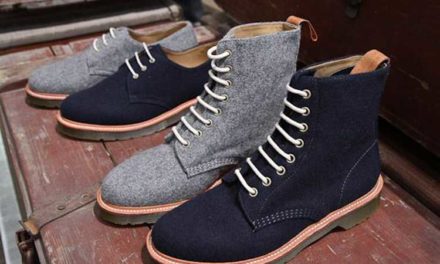Choosing the right footwear for your staff is going to be a crucial decision for you to make. However, this decision isn’t an easy one. Your business employs several kinds of workers, such as architects, masons, carpenters, construction workers, etc.
Each of these workers works in a unique environment and has specific needs. Therefore, you need to equip them with specific types of footwear that work for each person, respectively. This guide will help you assess the footwear needs of your workers. After reading this article, you should be able to buy the perfect pairs of shoes for your staff.
Carpenters
Carpenters don’t build stuff, but they make tables, doors, etc., which are critical in the manufacturing business. They are exposed to sharp nails, lousy weather, moisture, etc. This is why they need ankle boots or polymeric boots.
Truck and bulldozer drivers
These people are exposed to slips and hits to their toes. As such, these truck drivers need shoes that are slip-resistant and hard enough to resist blows by hard objects such as stones, metal objects, and protruding rods. Shoes used by these drivers must have soles that can grip brake pedals.As such, truck and bulldozer drivers need ankle boots with soles made of PU/PU, PU/TPU, etc. The uppers of these soles should be flexible and made of leather or some other resilient material. If you are planning on buying any of these shoes, visit website.
Engineers
You don’t need specific shoes for engineers, but you may consider buying slip-resistant footwear with a casual look. Soles should be made of single density PU, while the main body should be made of breathable material. Since engineers need to make field visits often, they often get hit on their toes. Consider buying shoes that have ‘toe-protectors’ for your technical staff.
Architects
Unlike engineers, architects don’t have to make too many field visits. However, they also might get hit on their toes by hard objects such as stones and rods. Consider buying shoes made of breathable leather for your architects. These shoes should sport a casual look, though.
Inspectors
Inspectors have a slightly higher risk profile than engineers and architects. As such, they need ankle boots to protect their ankles. Inspectors might also need S3 shoes. Shoes meant for inspectors should be made of breathable material yet have a casual look.
Having understood the kinds of shoes meant for your staff, let’s now shift our attention to shoe construction methods. Three ways are using which shoes are made, and each way is unique and fitting for a different type of environment
The cement construction method is the most flexible of all three methods. In this technique, first, the upper part of the shoe is constructed, and then the sole is attached with the help of an adhesive. Shoes made by this technique are used on level surfaces such as assembly lines, warehouses, service and roofing applications, etc. This kind of footwear is used where workers bend or kneel a lot.
Direct-attach shoes are so-called because the sole is attached to the fibres of the uppers ( not glued). B. Shoes made this way are incredibly comfortable and can be worn on even and uneven planes. You can order these types of shoes for workers who are most of the time standing, walking or just moving around.
Goodyear Welt Construction- This technique is the oldest and most labour-intensive of all the shoe construction processes. Here the insole, outsole, and the shoe upper are attached so that the final product is one single unit. Shoes made this way are used on uneven surfaces, ladders, etc.















